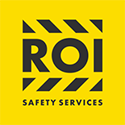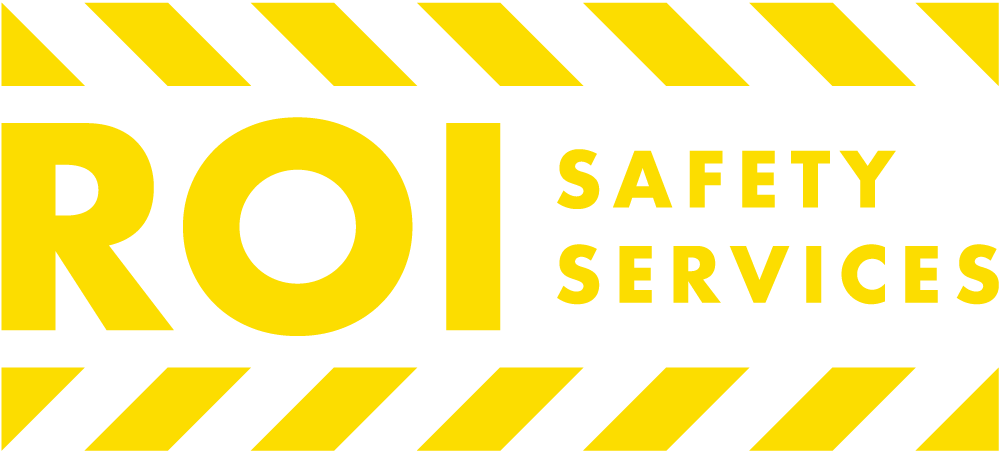
Facing an OSHA inspection can be a daunting task for any business. However, with proper preparation and a proactive approach, you can navigate the process smoothly and ensure compliance with safety regulations. Here are the top five things you need to do to get ready for an OSHA inspection:
1. Review OSHA Standards and Regulations
Understanding the specific OSHA standards and regulations that apply to your industry is the first step in preparing for an inspection. This includes:
- Identifying Relevant Standards: Determine which OSHA standards are applicable to your business. This can vary depending on your industry and the nature of your operations.
- Staying Updated: OSHA regulations can change, so it’s crucial to stay informed about any updates or new standards that may affect your business.
- Conducting Internal Audits: Regularly review your safety policies and procedures to ensure they align with OSHA standards. Conduct internal audits to identify any potential compliance gaps.
2. Conduct a Self-Inspection
Before OSHA arrives, perform a thorough self-inspection of your workplace. This proactive step can help you identify and address potential hazards and compliance issues. Key actions include:
- Safety Walkthroughs: Conduct regular safety walkthroughs of your facility to identify hazards, unsafe practices, and areas that need improvement.
- Employee Feedback: Engage employees in the self-inspection process. They can provide valuable insights into potential safety issues and areas for improvement.
- Corrective Actions: Document any hazards or violations identified during the self-inspection and take prompt corrective actions to address them.
3. Organize Documentation
Proper documentation is essential for demonstrating compliance during an OSHA inspection. Ensure that all required records and documentation are up-to-date and easily accessible, including:
- Safety Training Records: Maintain records of all safety training provided to employees, including dates, topics covered, and attendance.
- Incident Reports: Keep detailed records of any workplace accidents, injuries, or near-misses, along with the corrective actions taken.
- Safety Procedures and Policies: Ensure that your written safety procedures and policies are current and reflect OSHA standards.
4. Train Your Employees
Employee training is a critical component of OSHA compliance. Well-trained employees can help prevent accidents and ensure a safer workplace. Key training initiatives include:
- OSHA Standards Training: Provide employees with training on the specific OSHA standards that apply to your business.
- Emergency Procedures: Ensure that all employees are familiar with emergency procedures, including evacuation plans, fire safety, and first aid.
- Hazard Communication: Train employees on how to identify and handle hazardous materials, including proper use of labels and Safety Data Sheets (SDS).
5. Prepare for the Inspection Process
Understanding what to expect during an OSHA inspection can help you navigate the process more effectively. Key preparation steps include:
- Designate a Point of Contact: Assign a knowledgeable and trained employee to act as the main point of contact with the OSHA inspector.
- Conduct a Pre-Inspection Meeting: Hold a pre-inspection meeting with your management team to review roles, responsibilities, and the inspection process.
- Review Inspection Protocols: Familiarize yourself with OSHA’s inspection protocols, including the opening conference, walkthrough, employee interviews, and the closing conference.
Conclusion
Preparing for an OSHA inspection requires a proactive and systematic approach. By reviewing OSHA standards, conducting self-inspections, organizing documentation, training employees, and preparing for the inspection process, you can ensure that your business is ready to meet OSHA’s requirements. Taking these steps not only helps you achieve compliance but also fosters a safer and healthier work environment for your employees. If you need assistance with OSHA compliance and safety training, ROI Safety Services is here to help. Contact us today to learn more about our comprehensive safety solutions.

